Medical Devices & Bioinstrumentation
Laboratories | Additional Resources
Medical devices are at the heart of biomedical engineering, and faculty in the MU-MCW Joint Department of Biomedical Engineering have proficiency in instrumentation, biomaterials, medical device testing and design, and clinical and regulatory expertise. This broad base of skills and experience positions our department at the forefront of medical device innovation, and innovations from biomedical engineers at Marquette University and the Medical College of Wisconsin have ranged from instrumentation to computer algorithms to innovative medical devices. One of the great strengths of our program is that our engineers collaborate closely with physicians and basic research scientists to translate novel ideas into state-of-the-art medical devices. Learn more about laboratories and faculty specializing in Medical Device Innovation and Bioinstrumentation below.
Medical Devices & Bioinstrumentation Laboratories
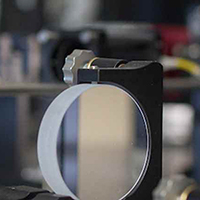 Advanced Ocular Imaging Program
Advanced Ocular Imaging Program
Dr. Joseph Carroll and researchers in the Advanced Ocular Imaging Program (AOIP) are interested in developing the next generation of non-invasive ocular imaging tools. This includes optical coherence tomography (OCT), photothermal OCT, OCT angiography, and adaptive optics-based testing of retinal structure and function.
Learn more about the AOIP | Learn more about Dr. Carroll
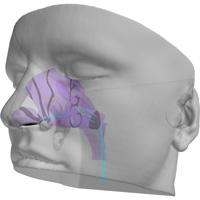 Airway Biomechanics Laboratory
Airway Biomechanics Laboratory
Led by Dr. Guilherme Garcia, The Airway Biomechanics Laboratory (Airway Lab) has conducted numerical evaluation of nasal sprays to maximize nasal drug delivery to treat chronic rhinosinusitis.
Learn more about the Airway Lab | Learn more about Dr. Garcia
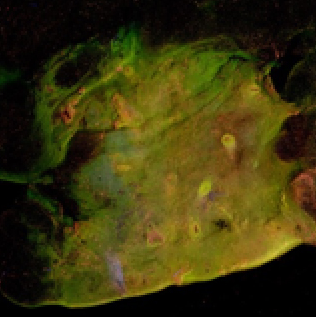 Biophotonics Laboratory
Biophotonics Laboratory
Dr. Bing Yu and researchers at the Biophotonics Laboratory develop innovative optical biomedical devices that are more compact, accurate, reliable, and cost-effective. These optical biomedical devices are used for cancer detection and therapeutic monitoring, especially in low- and middle-income countries.
Learn more about the Biophotonics Laboratory | Learn more about Dr. Yu
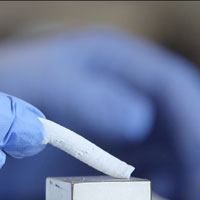 Cardiovascular Regenerative Engineering Laboratory
Cardiovascular Regenerative Engineering Laboratory
Led by Dr. Brandon Tefft, the Cardiovascular Regenerative Engineering Laboratory (CaRE Lab) has expertise in cardiovascular device design, including tissue engineered vascular grafts and heart valves.
Learn more about the CaRE Lab | Learn more about Dr. Tefft
 Motion Analysis Center at Shriners
Motion Analysis Center at Shriners
The Motion Analysis Center at Shriners (MAC@Shriners) develops foot and ankle models to aid in the diagnosis and treatment of orthopaedic abnormalities affecting gait. Individualized assistive devices are also engineered. MAC@Shriners is supported by the MU-MCW Orthopaedic and Rehabilitation Engineering Center and is Co-Directed by BME Research Assistant Professor Dr. Karen Kruger.
Learn more about MAC@Shriners | Learn more about Dr. Kruger
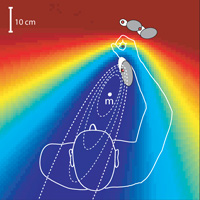 NeuroMotor Control Laboratory
NeuroMotor Control Laboratory
Research at the NeuroMotor Control Laboratory (NMCL) seeks to gain a better understanding of how the brain uses sensory information to optimize the control of motion of the arms and hands. Current projects include the development of wearable technology to promote sensorimotor recovery in the first weeks and months following stroke.
Learn more about the NMCL | Learn more about Dr. Scheidt
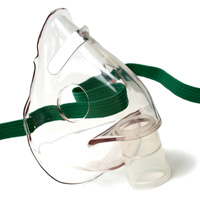 Olson Laboratory
Olson Laboratory
Led by Dr. Lars Olson, the Olson Laboratory has developed the human powered nebulizer (HPN). This innovation is currently undergoing clinical trials and being considered for new clinical indications.
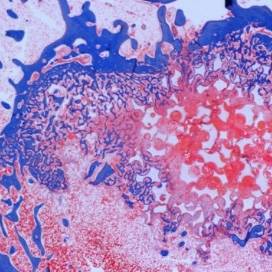 OREC's Biomaterials & Histology Laboratory
OREC's Biomaterials & Histology Laboratory
Led by Dr. Jeffrey Toth, research in OREC's Biomaterials & Histology Laboratory (BIMA) includes the evaluation of materials for orthopaedic and spine devices.
Learn more about BIMA | Learn more about Dr. Toth
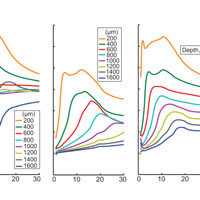 Pelvic Diagnostics & Therapeutics Laboratory
Pelvic Diagnostics & Therapeutics Laboratory
Led by Dr. Jim Hokanson, the Pelvic Diagnostics & Therapeutics Laboratory (PDAT) is working on developing novel therapeutics (primary electrical stimulation therapies) and diagnostics to treat pelvic floor diseases such as urinary incontinence.
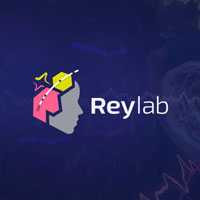 Rey Laboratory
Rey Laboratory
In its efforts to answer critical questions in cognitive and clinical neuroscience, including furthering the understanding of human episodic memory and improving diagnosis and treatment methodologies for individuals suffering from epilepsy, Rey Laboratory (ReyLab) develops new tools for data acquisition and analysis of neural activity in the human brain.
Learn more about ReyLab | Learn more about Dr. Rey
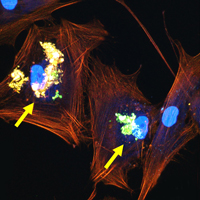 Tissue Regenerative Engineering Laboratory
Tissue Regenerative Engineering Laboratory
Led by Dr. Bo Wang, the Tissue Regenerative Engineering Laboratory (TRE Lab) works with complex bone defect repair using matrix and scaffolding approaches.
Learn more about the TRE Lab | Learn more about Dr. Wang
Additional Resources
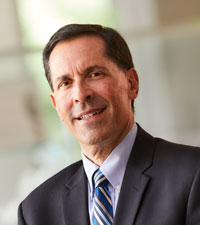 Dr. Jay Goldberg, Clinical Professor of Biomedical Engineering and founder of the Healthcare Technologies Management Program, specializes in medical device design and testing, new product development and engineering management, as well as surface modification and degradation and failure analysis of implants.
Dr. Jay Goldberg, Clinical Professor of Biomedical Engineering and founder of the Healthcare Technologies Management Program, specializes in medical device design and testing, new product development and engineering management, as well as surface modification and degradation and failure analysis of implants.

